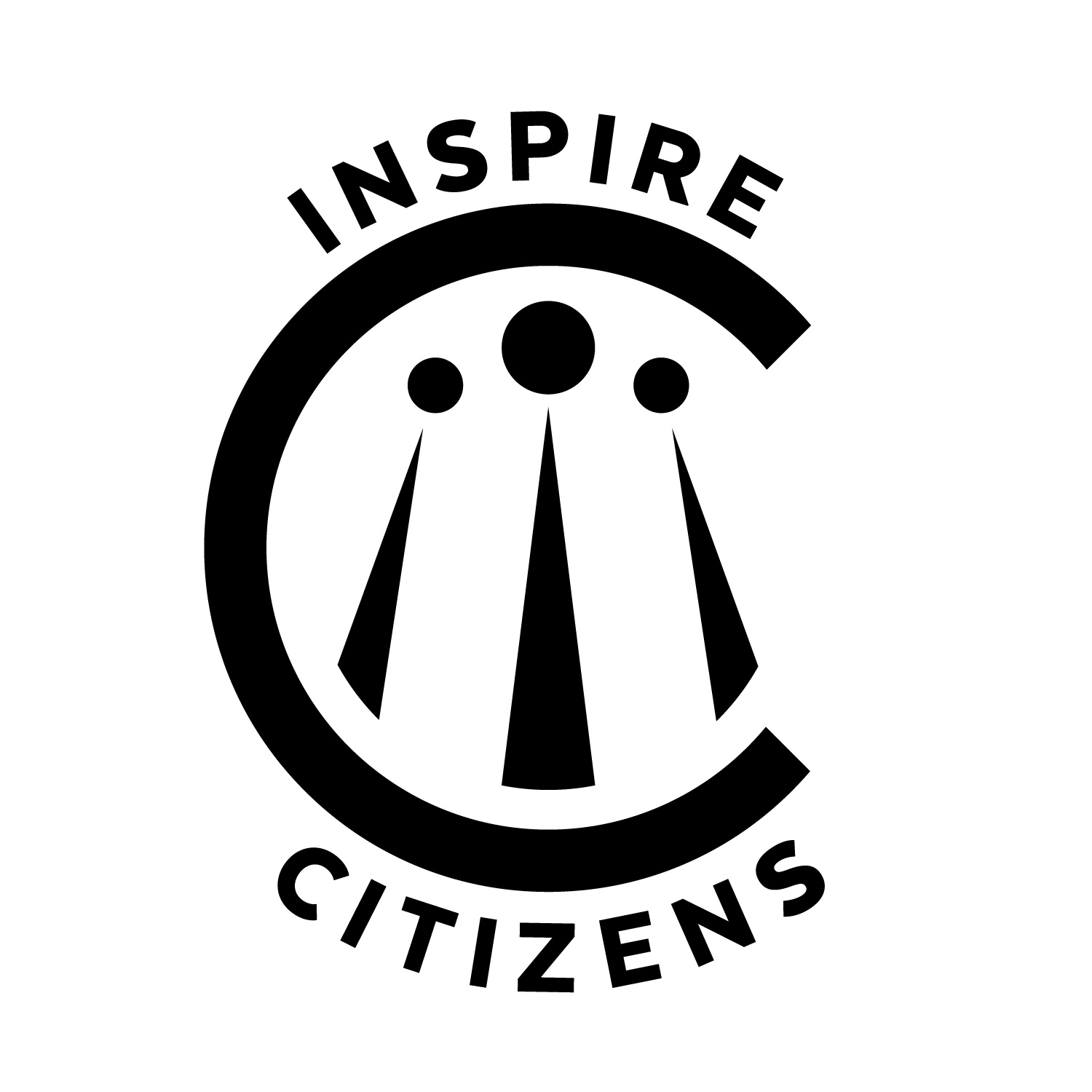STAGE 2
Q: What do I care about and why?
Explore the “CARE” resources
Step 1: Choose one of the following resources on this page. Then take an idea or a concept
from one of the social justice standards or an idea represented by one of the sustainable
development goal targets. Use that as a “WHY” of your unit.Step 2: You can then link this “WHY” to one of
your standards, one of your learning outcomes, or you might adapt one of your enduring
understandings or essential questions or inquiry questions in your unit to represent the idea
shared in one of the following resources.Step 3: Remember, don't teach the resource. Use the
resource to frame the why of your teaching and learning.
Sustainable Development
These goals and targets (SDGs) have the power to create a better world by 2030, by ending poverty, fighting inequality and addressing the urgency of climate change. Guided by the goals, it is now up to all of us, schools, educators, governments, businesses, civil society and the general public to work together to build a better future for everyone.
Related resources:
Social Justice & Anti-Bias
This continuum of engagement seeks to minimize conflict and generally focuses on changing the attitudes and behaviors of a dominant group. Collective action challenges inequality directly by raising consciousness and focusing on improving conditions for under-represented groups. The standards recognize that, in today’s diverse classrooms, students need knowledge and skills related to both prejudice reduction and collective action.
Related resources:
Holistic Wellness
Wellness is not merely the absence of illness or distress – it is a lifelong process of making decisions to live a more balanced and meaningful life. There are always opportunities for enhancing your wellness. A good way to start is by evaluating your current state and establishing systems to guide you towards a fuller sense of well-being.The Wellness Wheel describes the integration of 7 important dimensions of wellness: emotional, environmental, intellectual, occupational, physical, social and spiritual.
Related resources:
Harmony with Nature
When education is shaped by principles that maintain Harmony in Nature, there is the potential to draw out themes of sustainability in learning, to support students in becoming leaders of their learning and to ensure learning has a real sense of meaning and purpose. These principles of Harmony in Nature provide a context for teaching and learning that enables students to develop a deeper understanding of what it means to live in harmony with the world and with each other.
Related resources:
Additional Resources
Doughnut Economics
The Doughnut offers a vision of what it means for humanity to thrive in the 21st century - and Doughnut Economics explores the mindset and ways of thinking needed to get us there.
Related resources:
Humane Technology
This new future will require greater collective understanding of the root causes driving extractive systems. It will require deeper empathy for the range of individual experiences with persuasive technology. It will require open minds to connect the dots and develop creative solutions. And it will require all our unique contributions.
Related resources:




